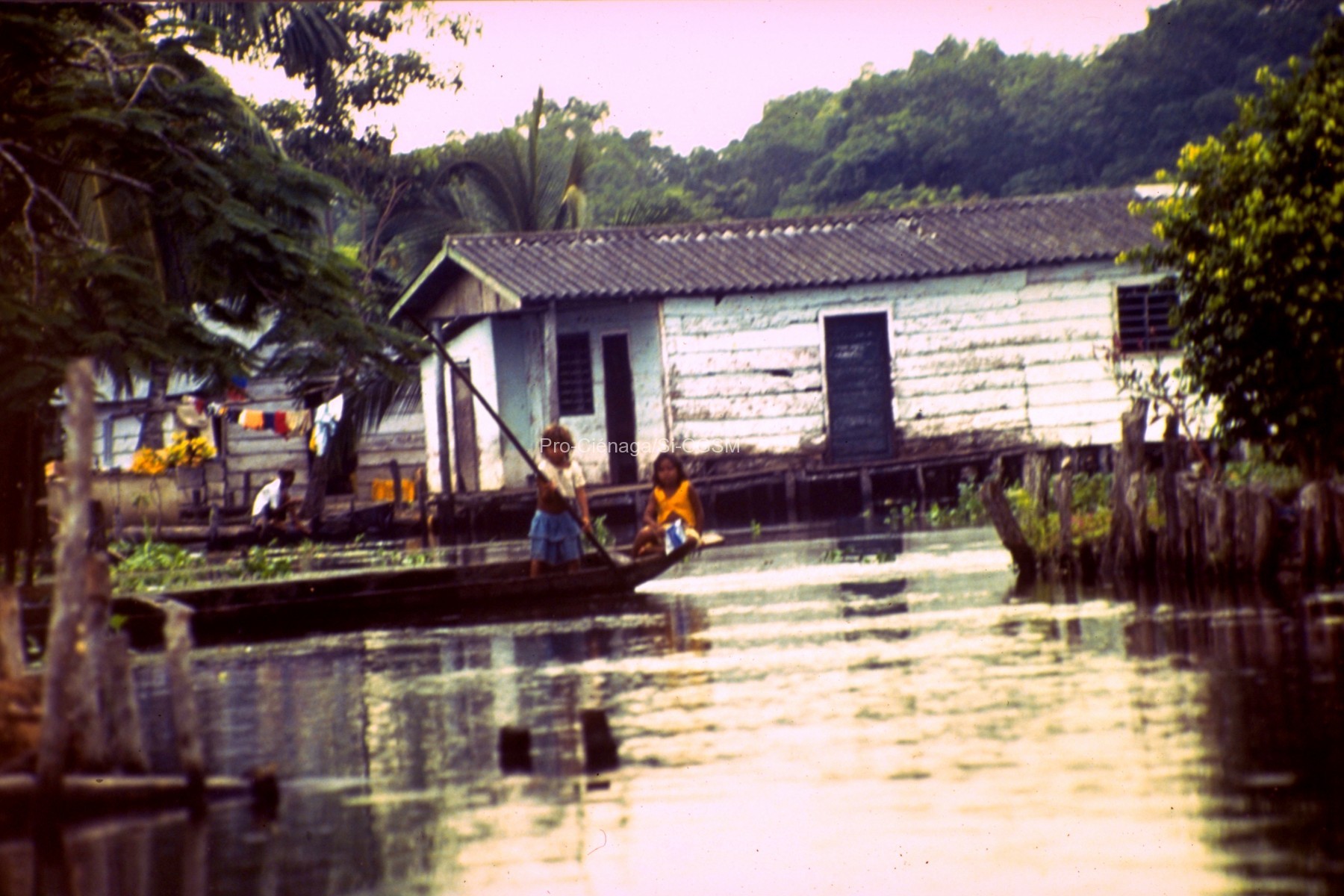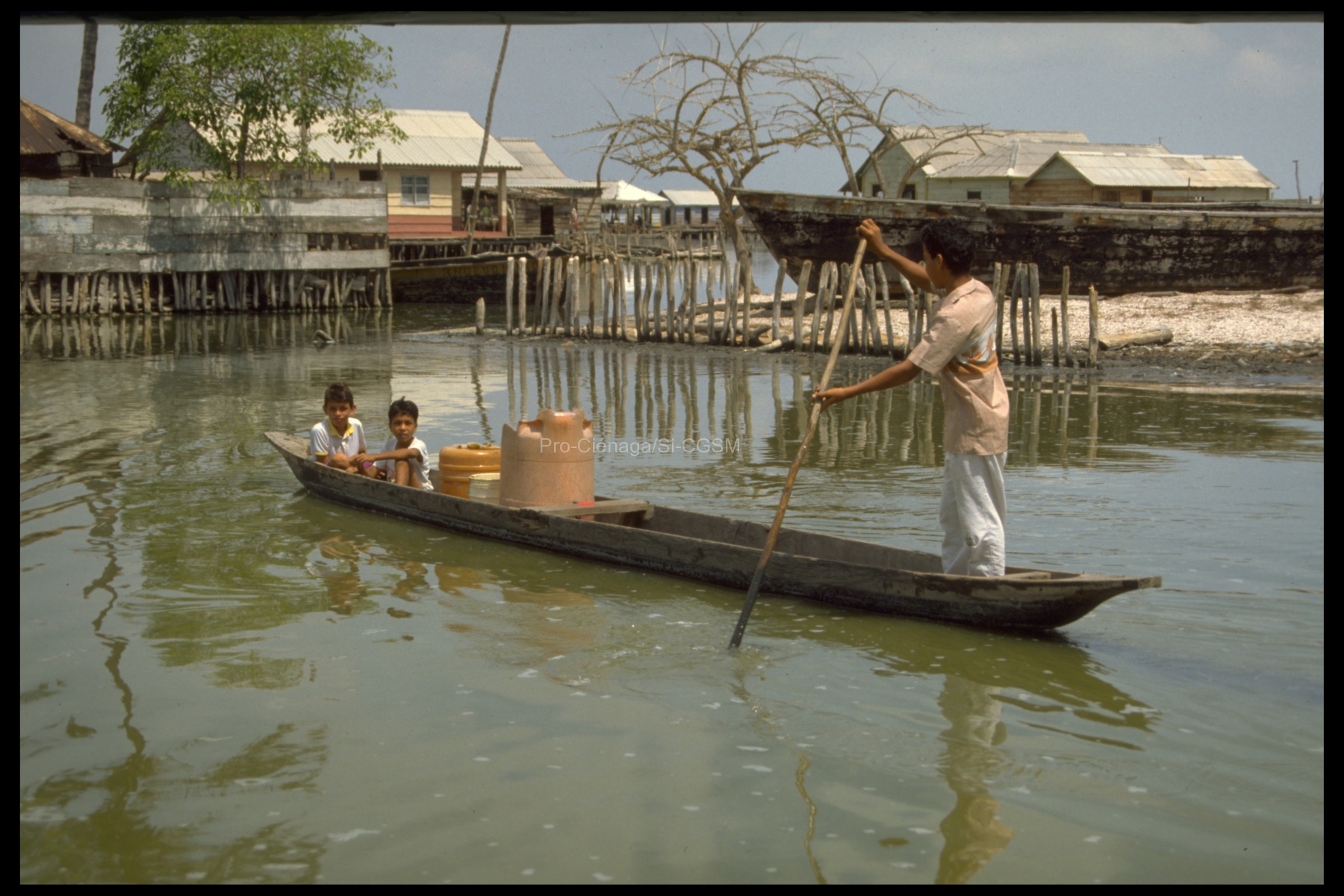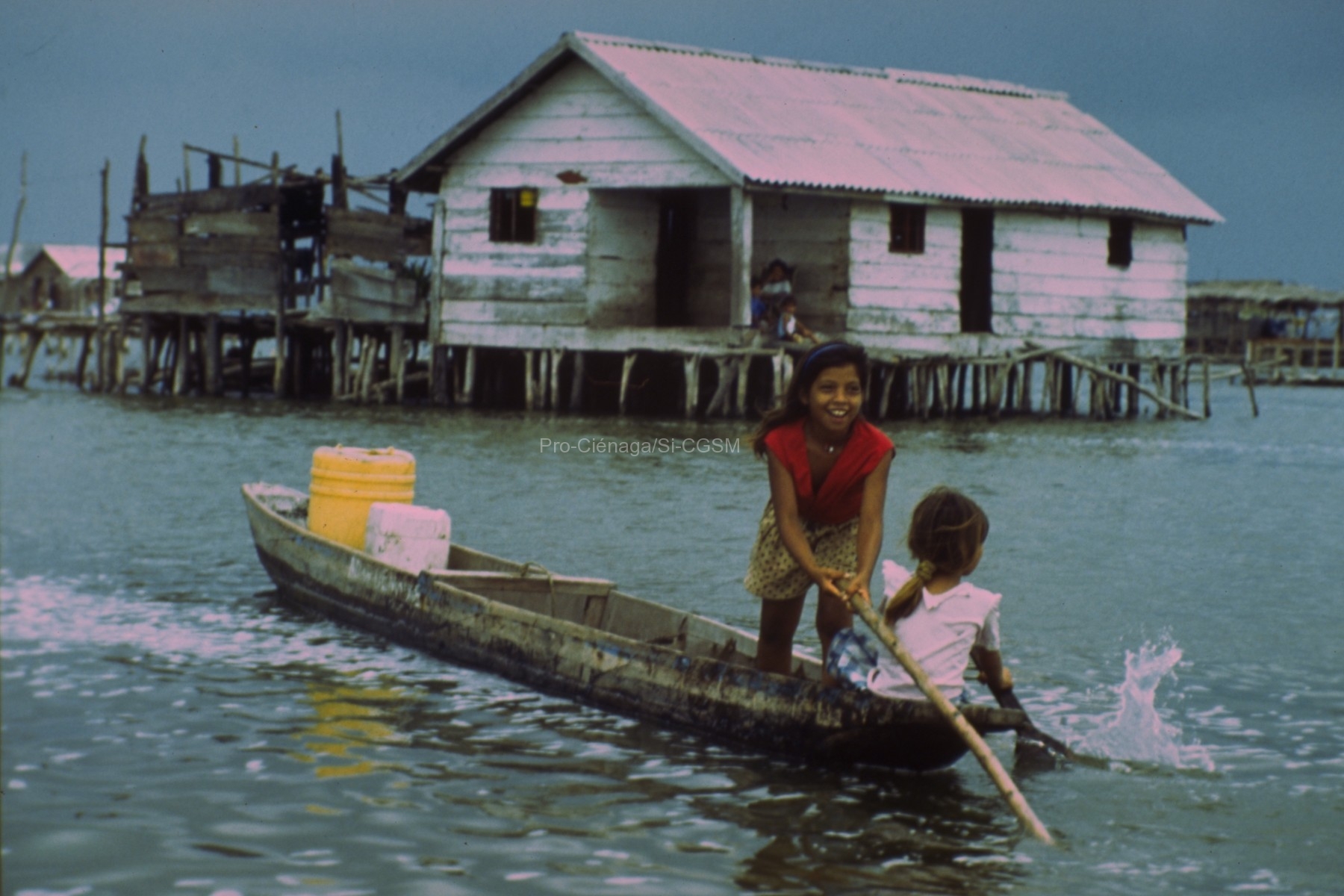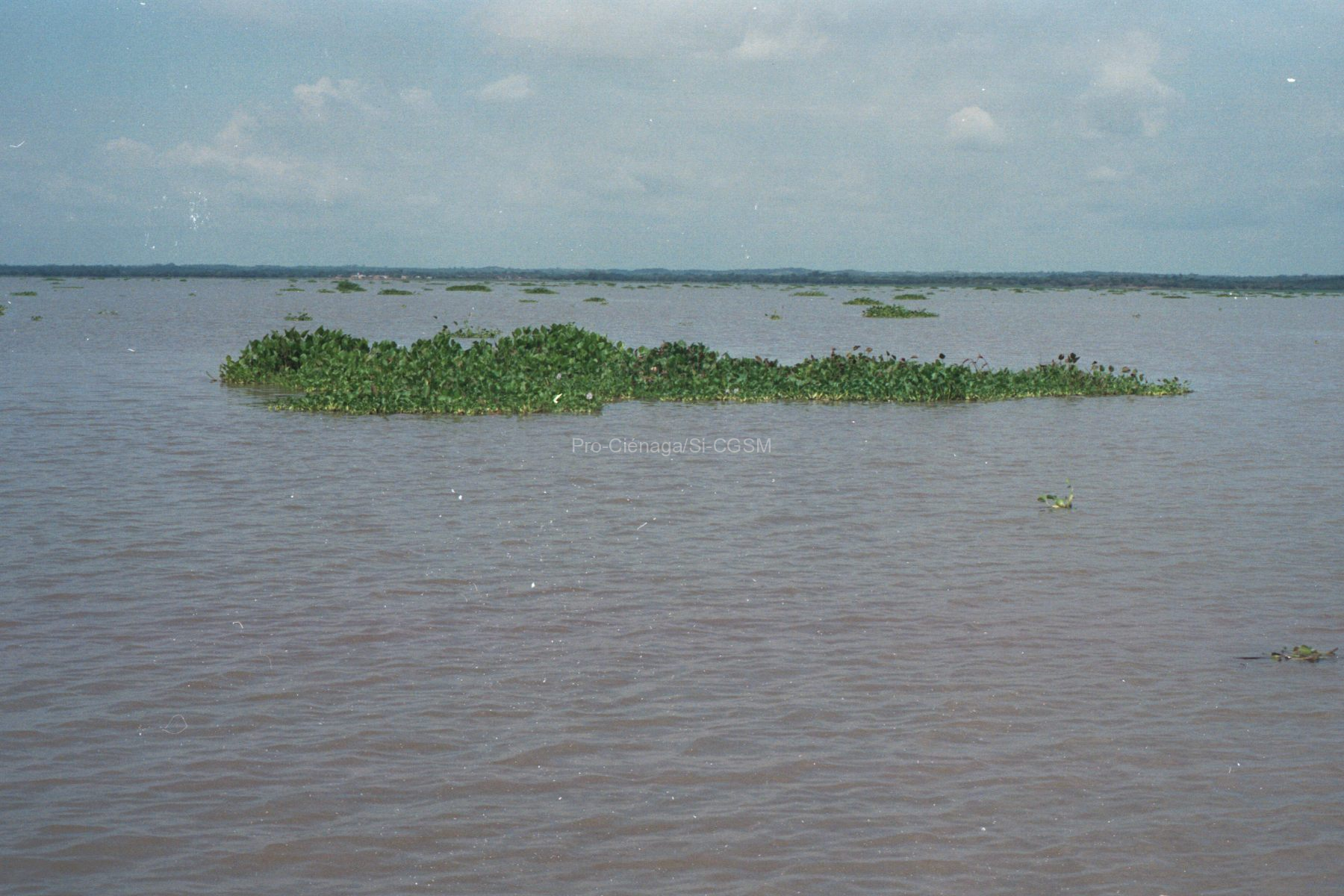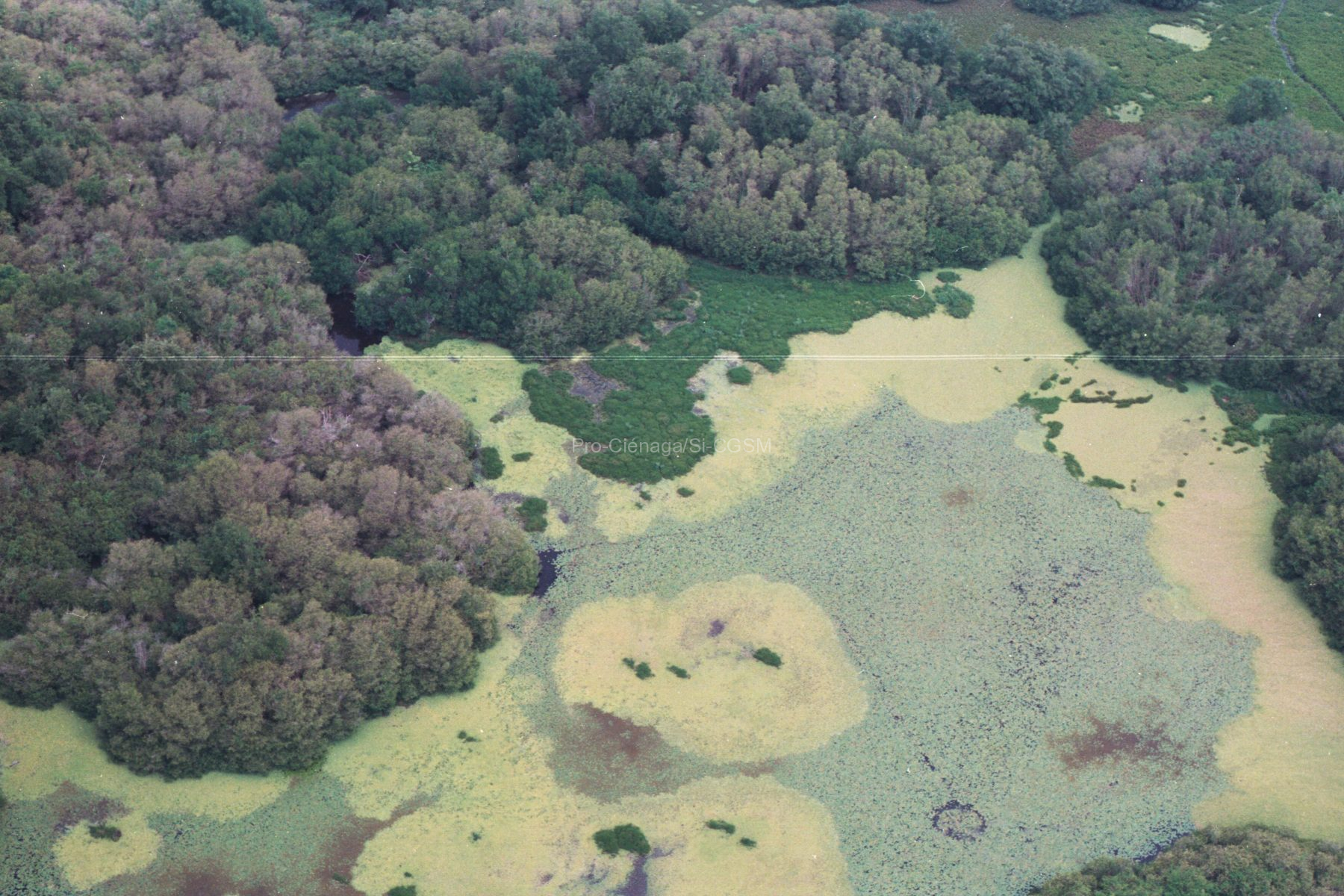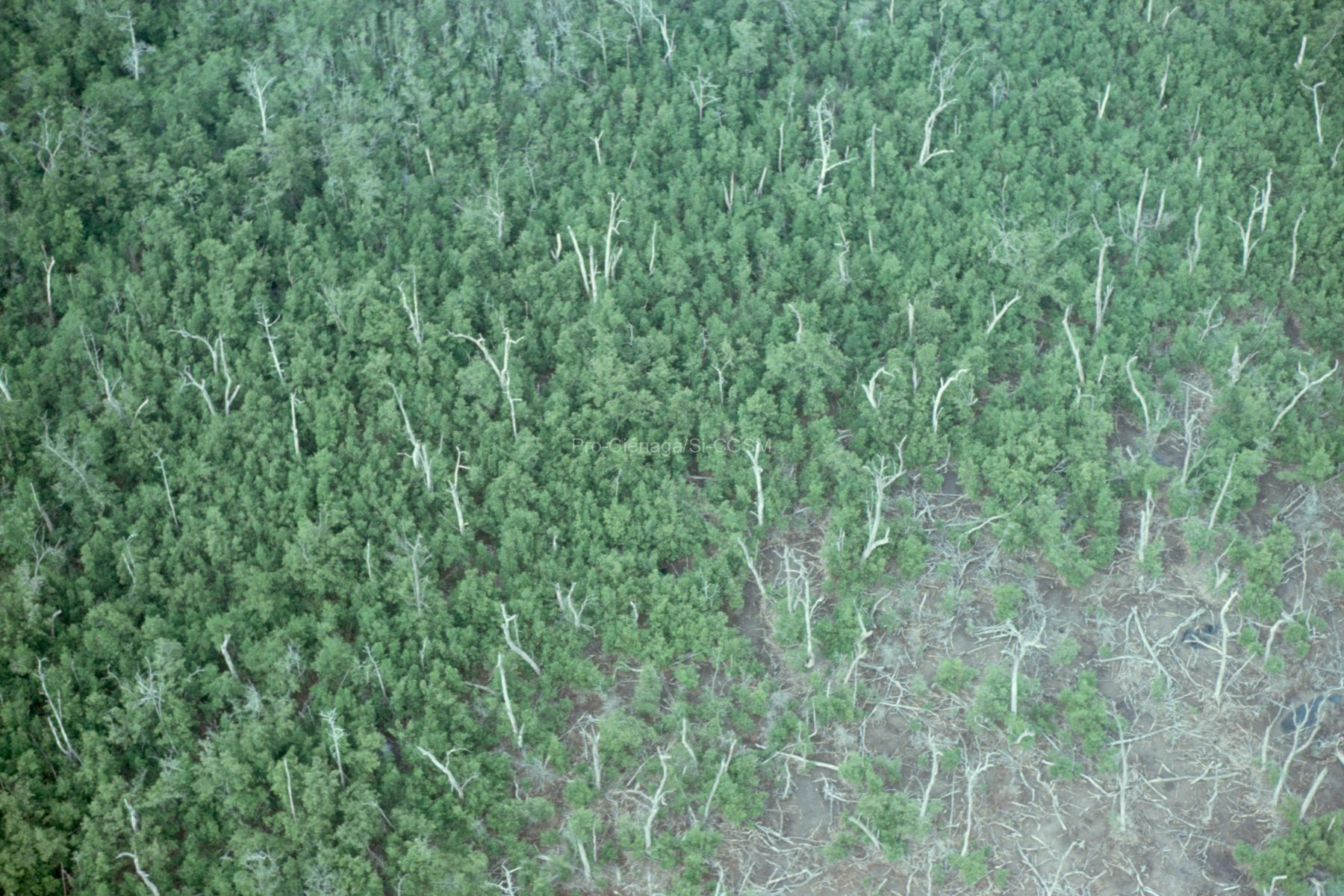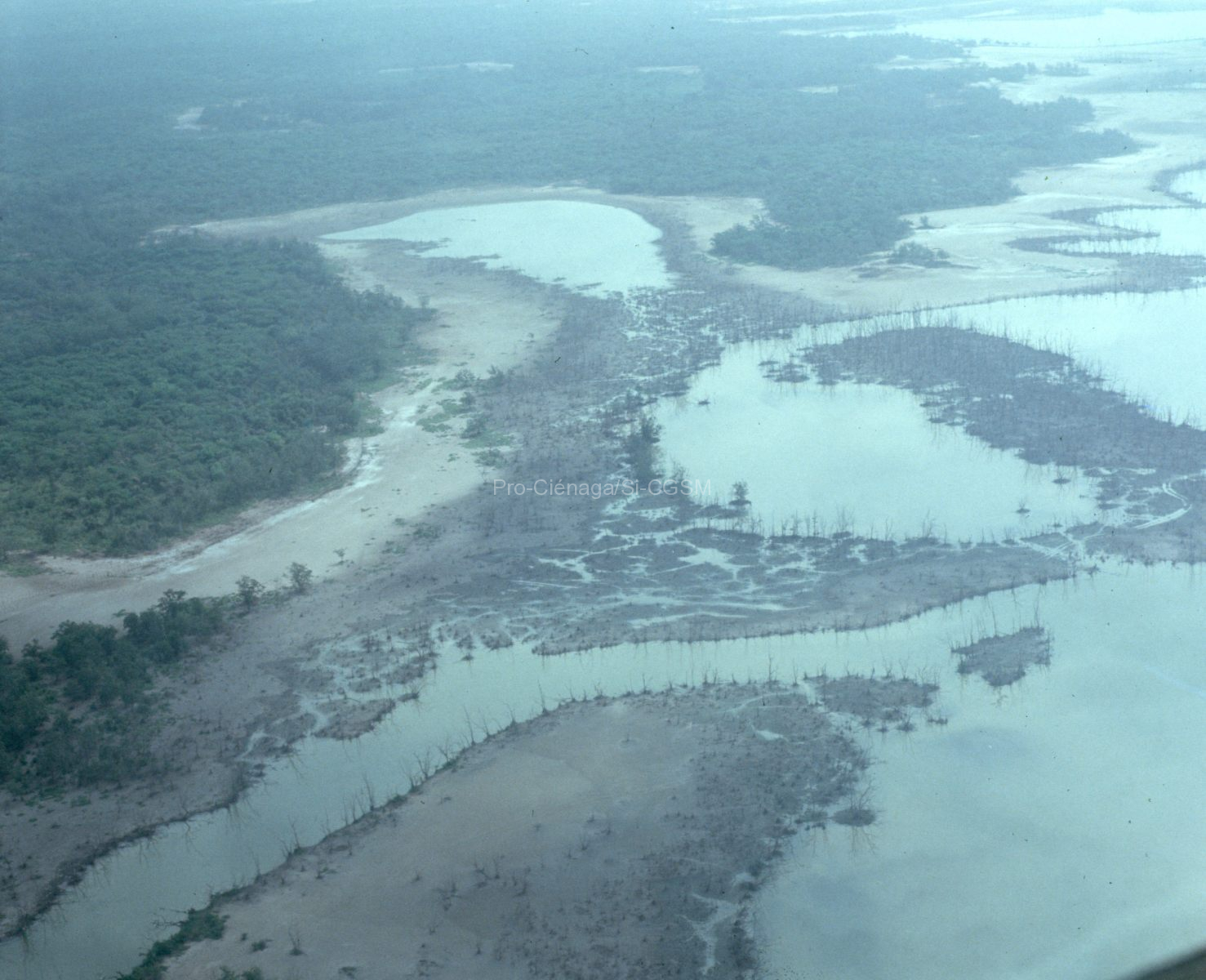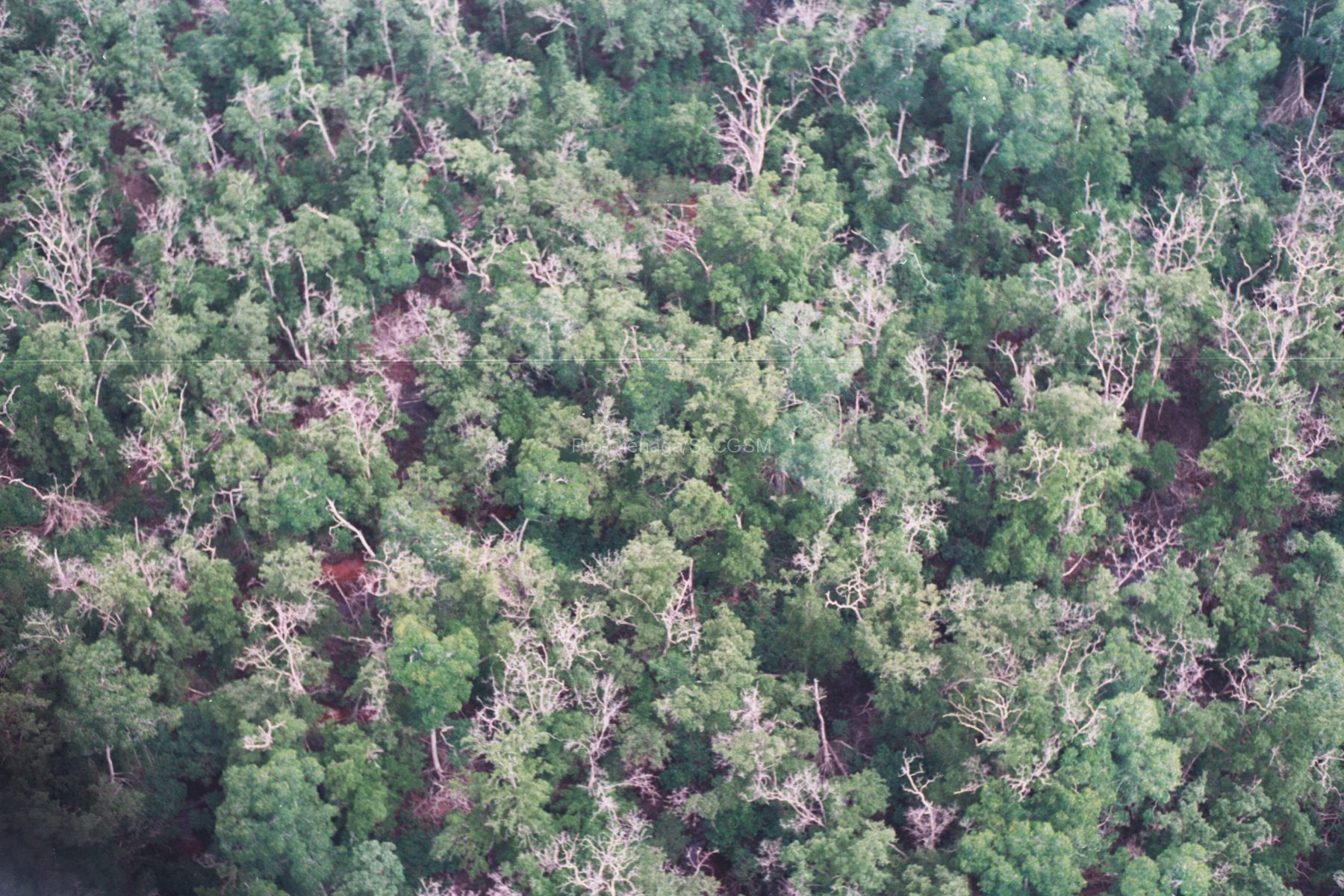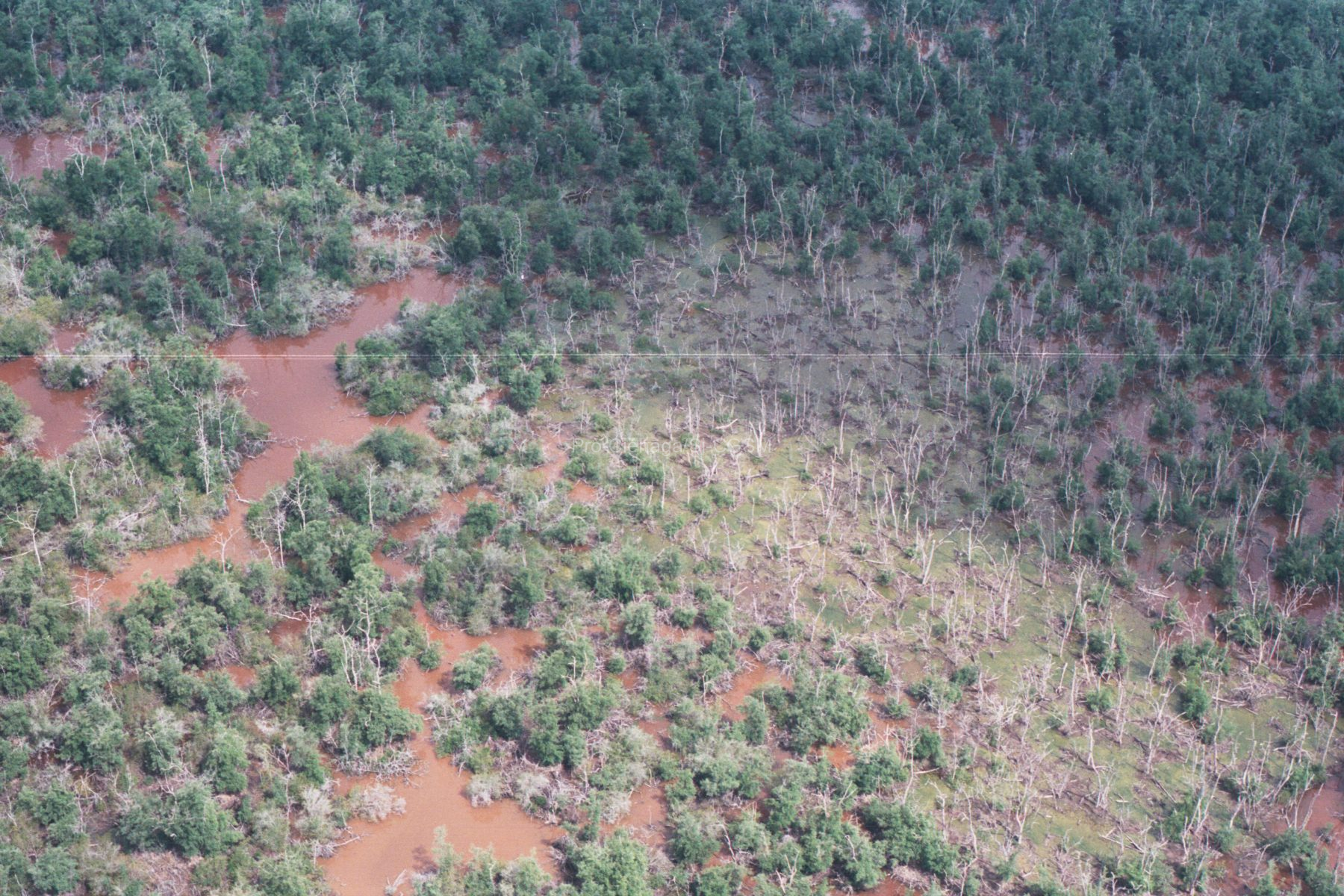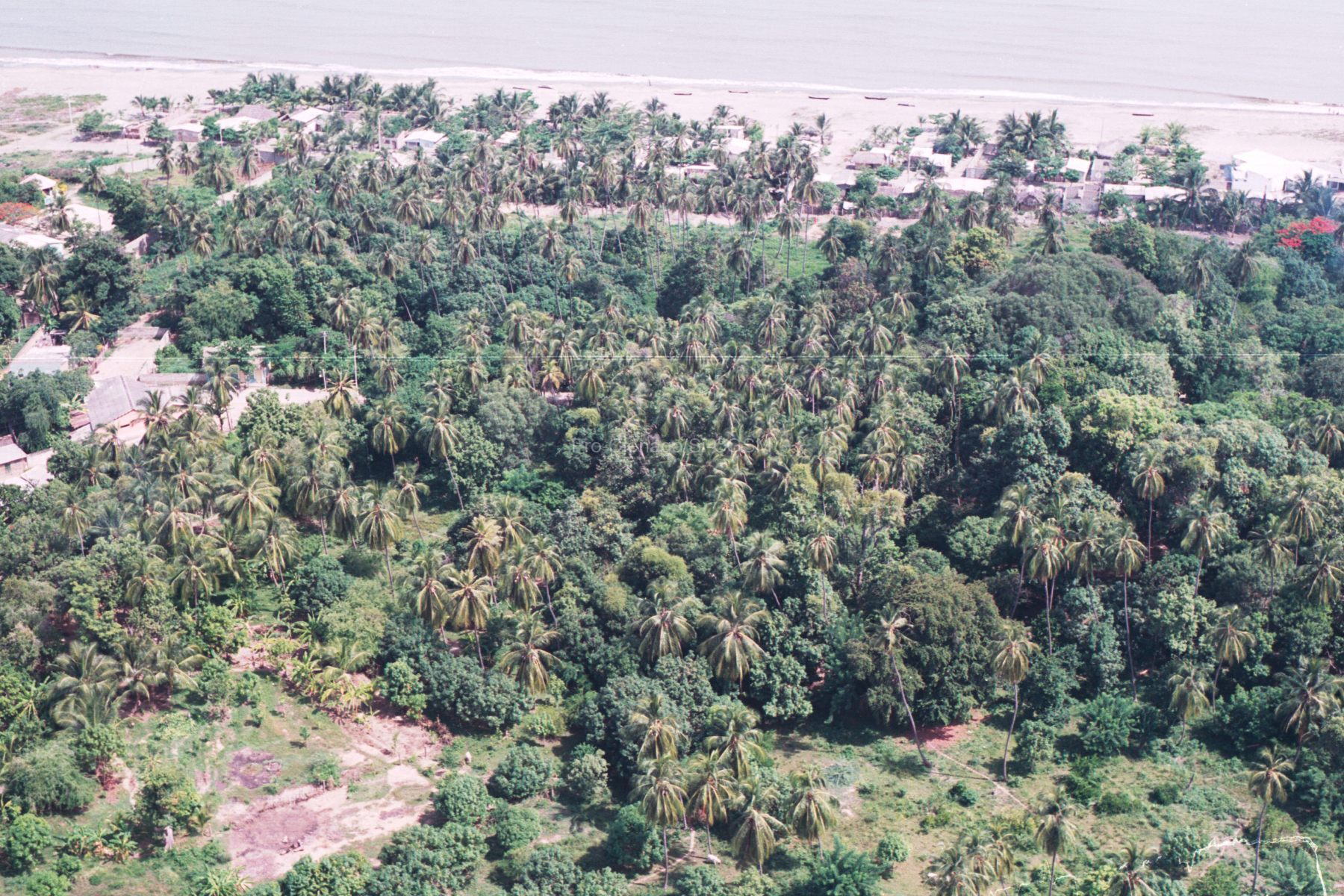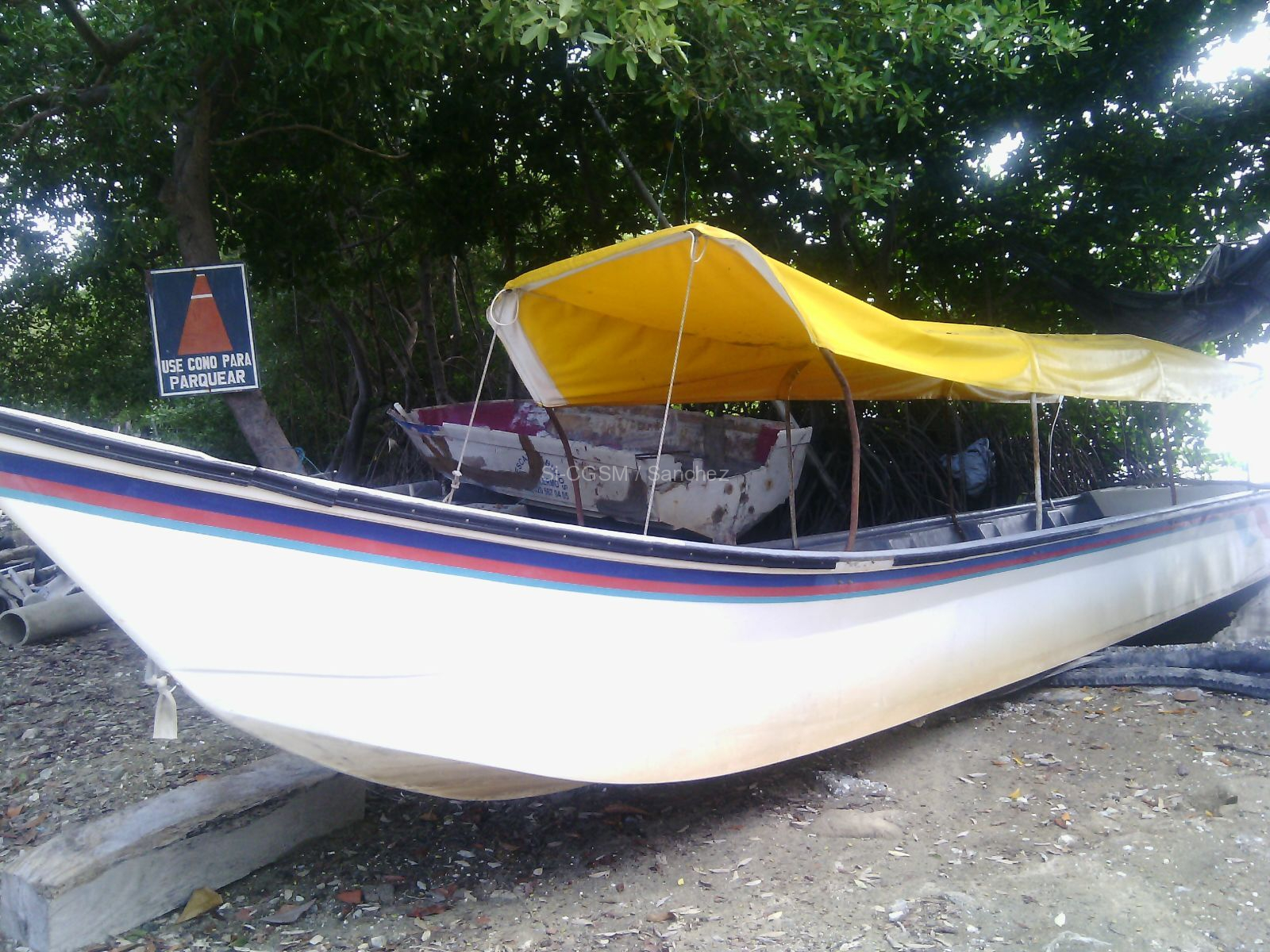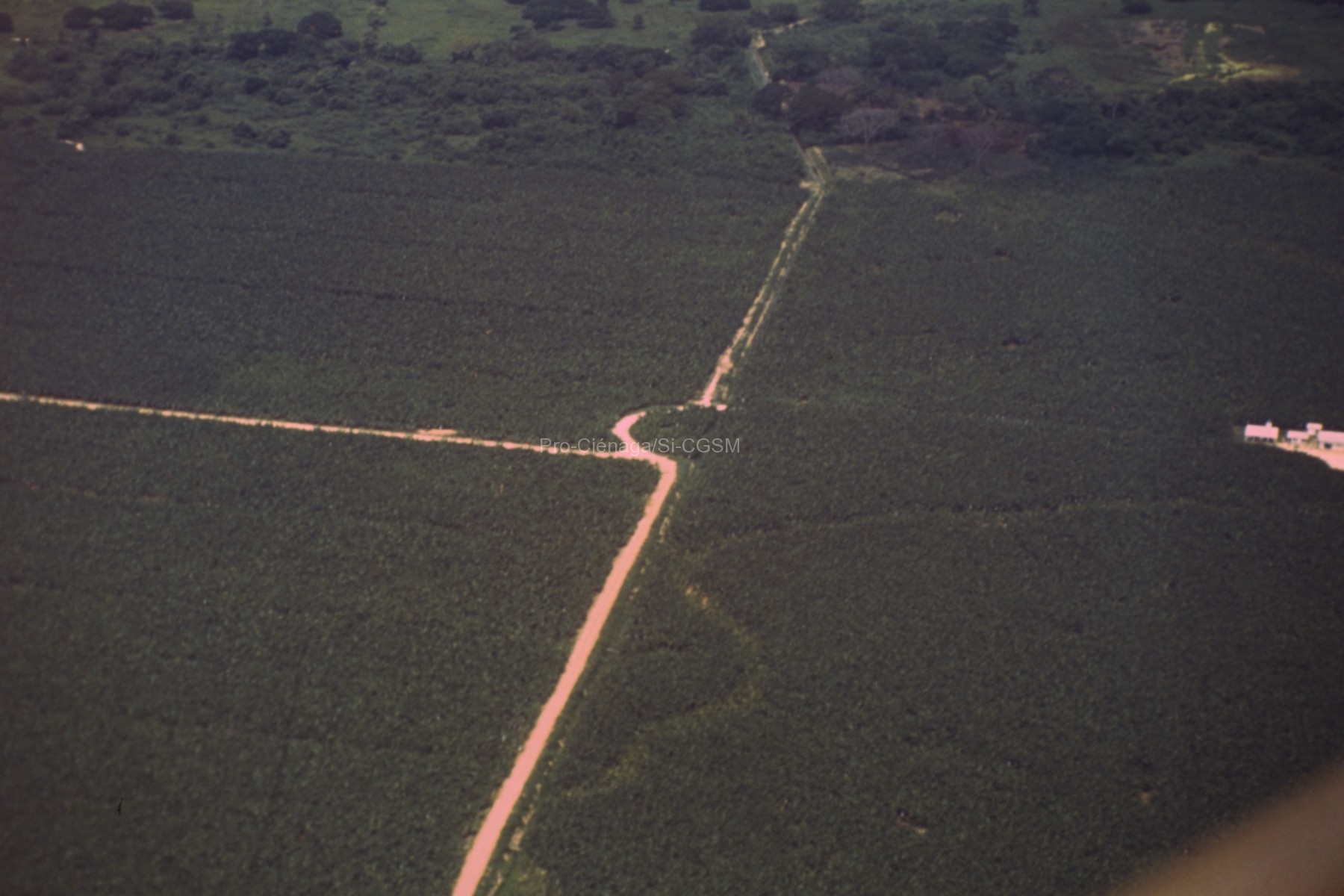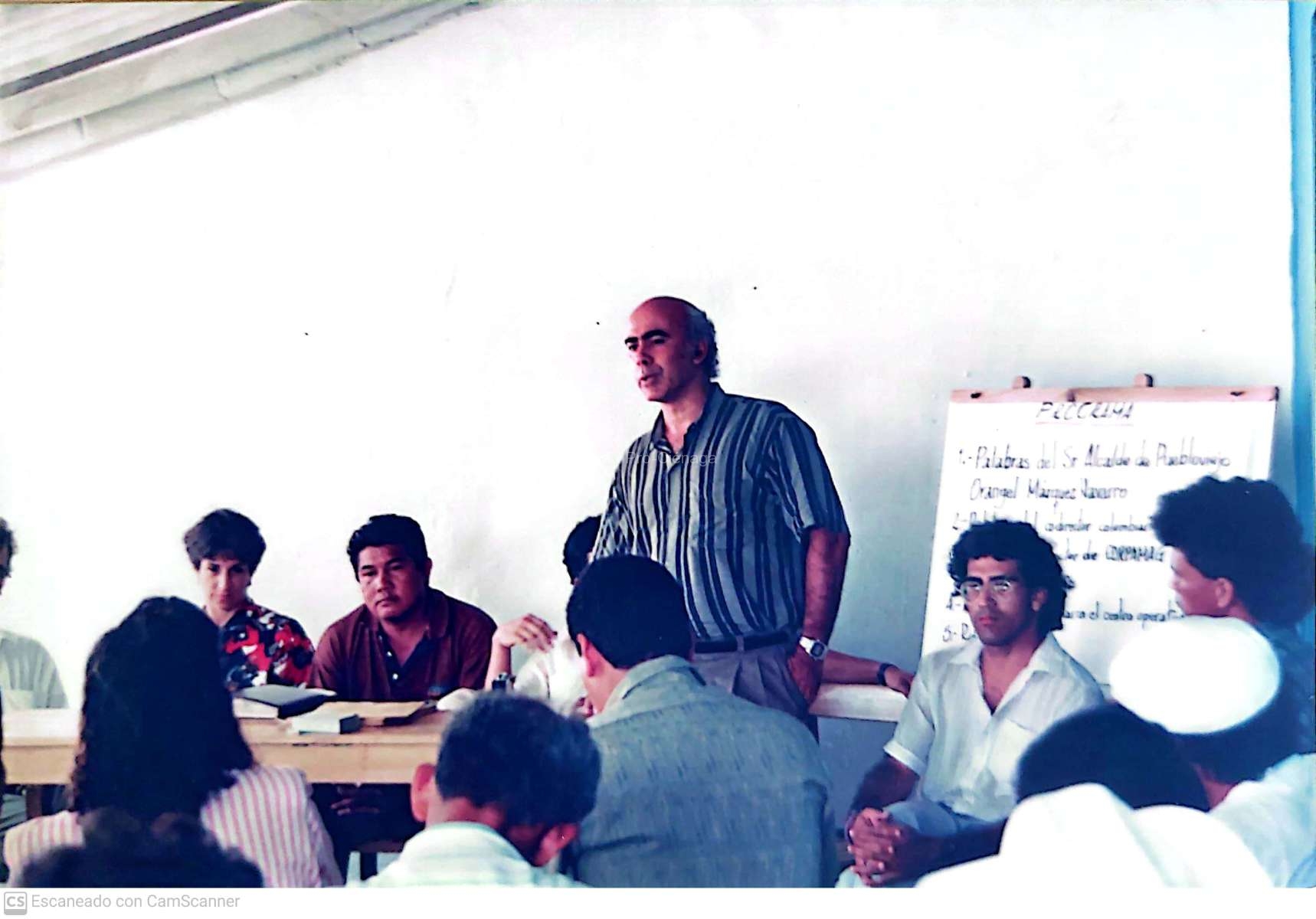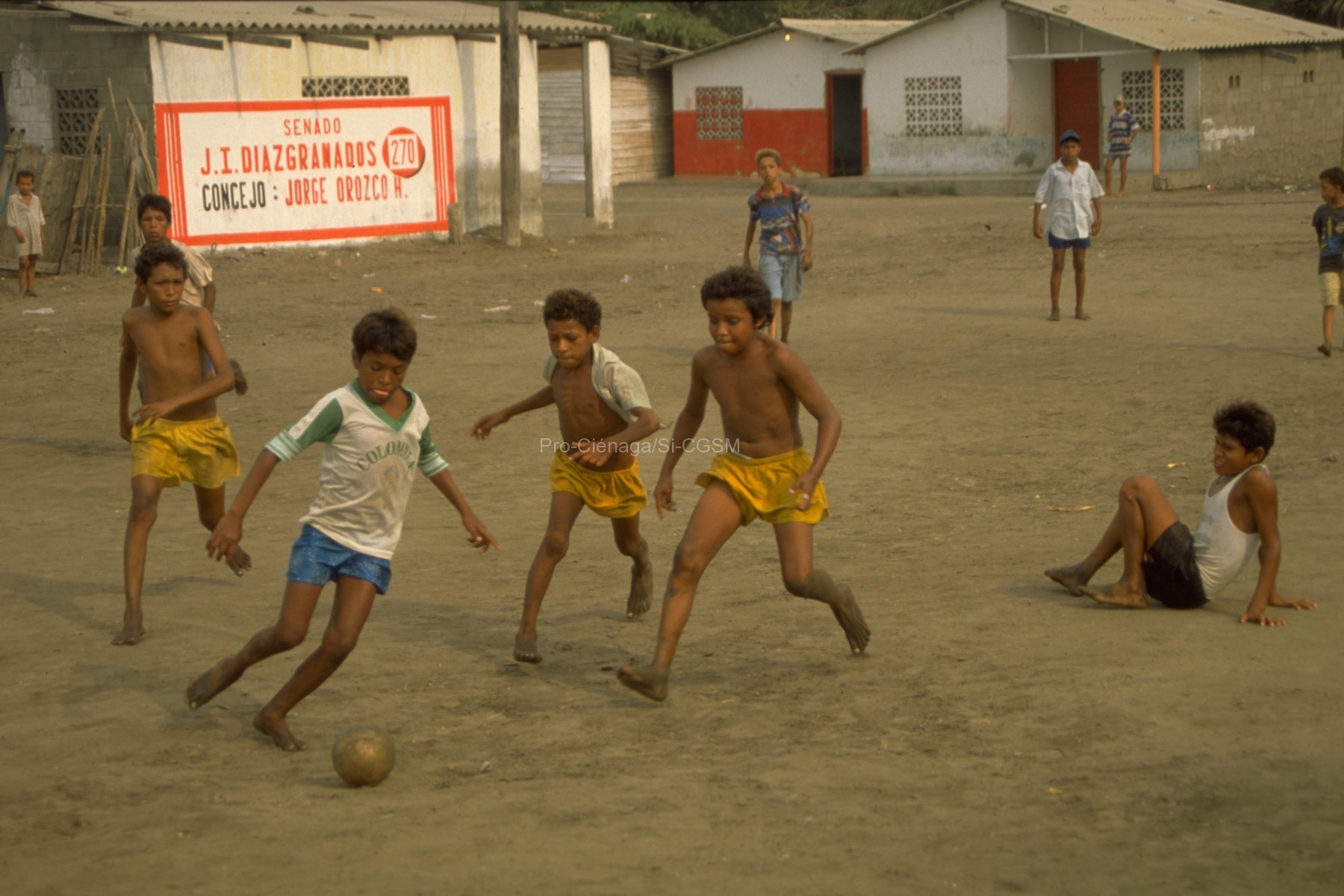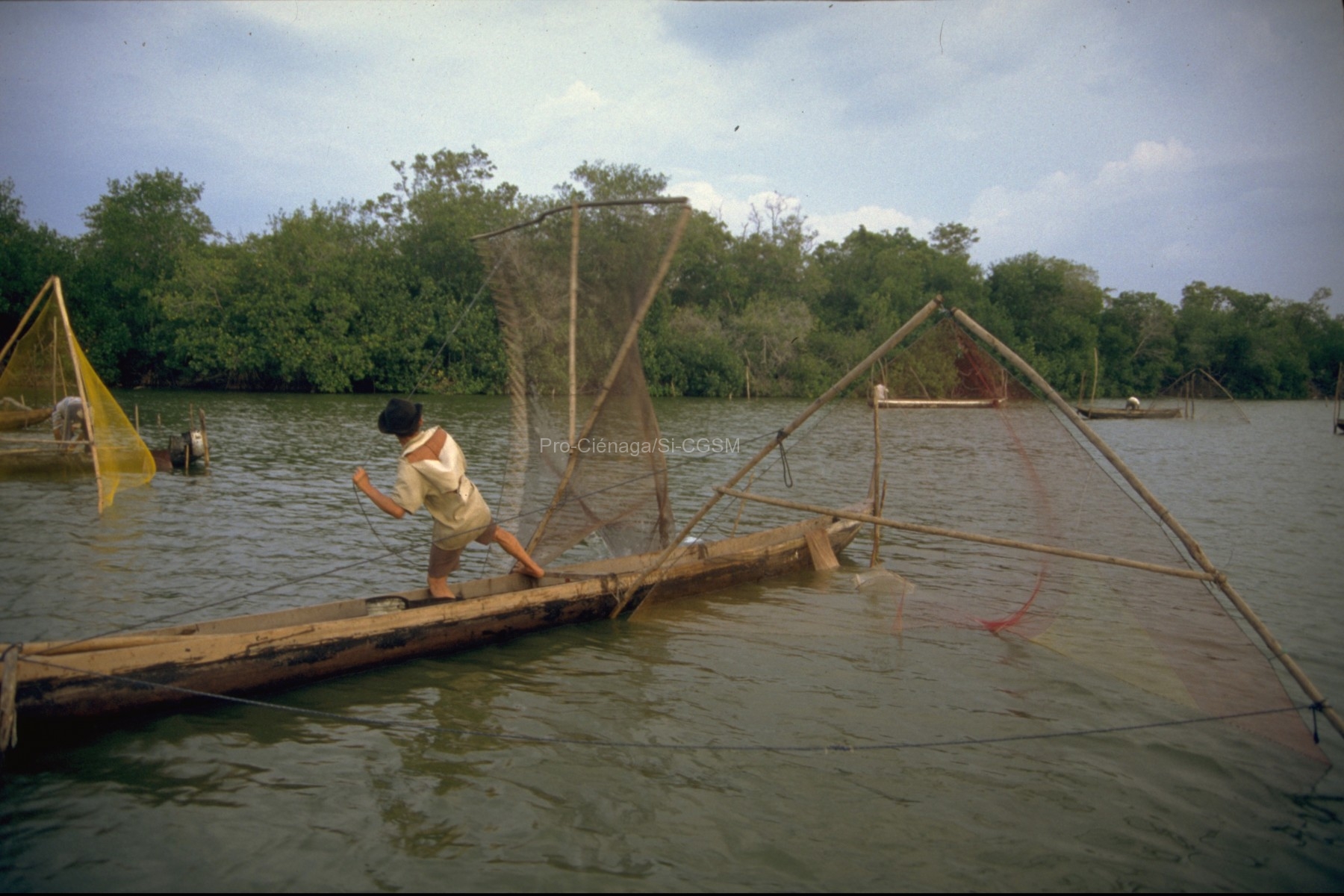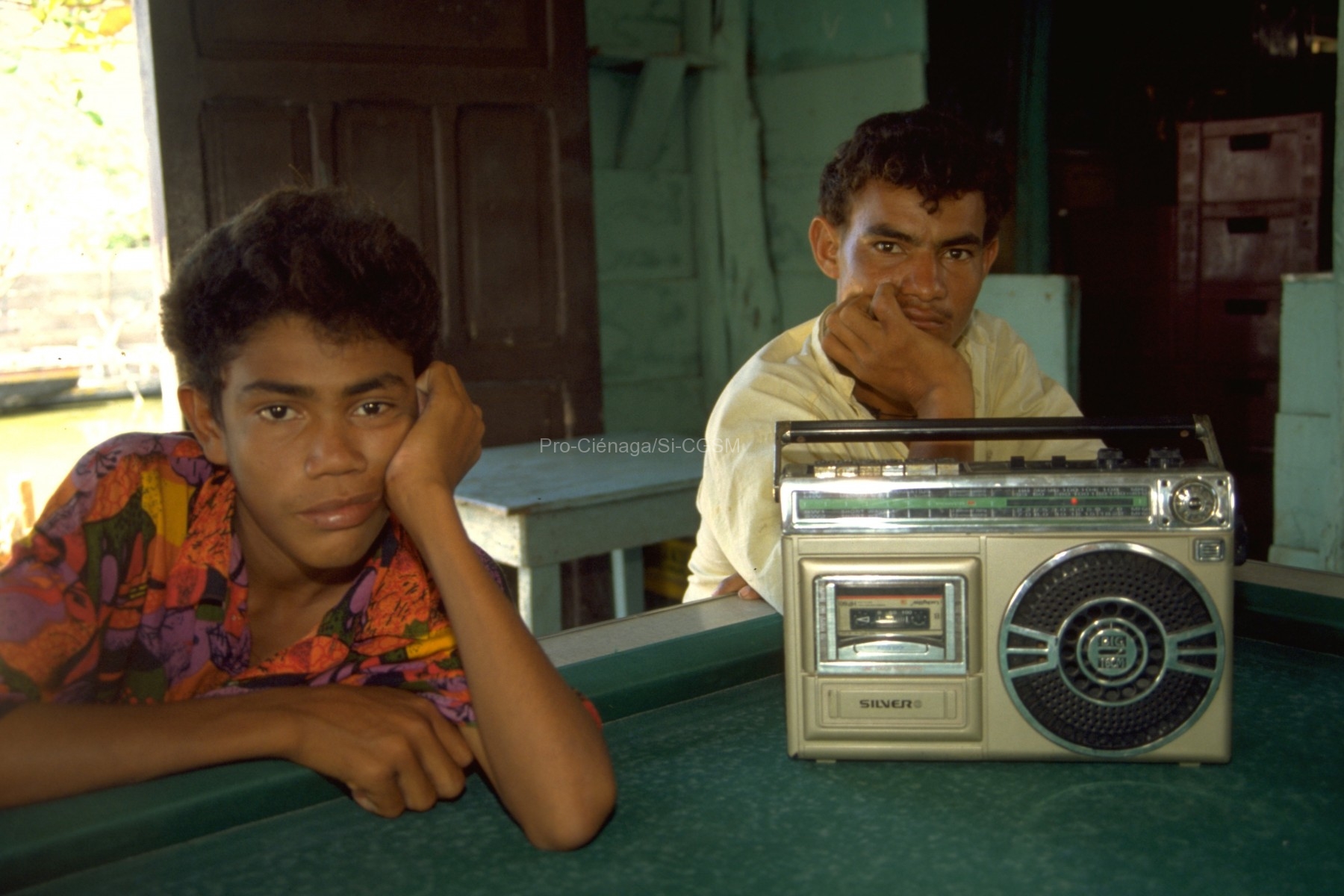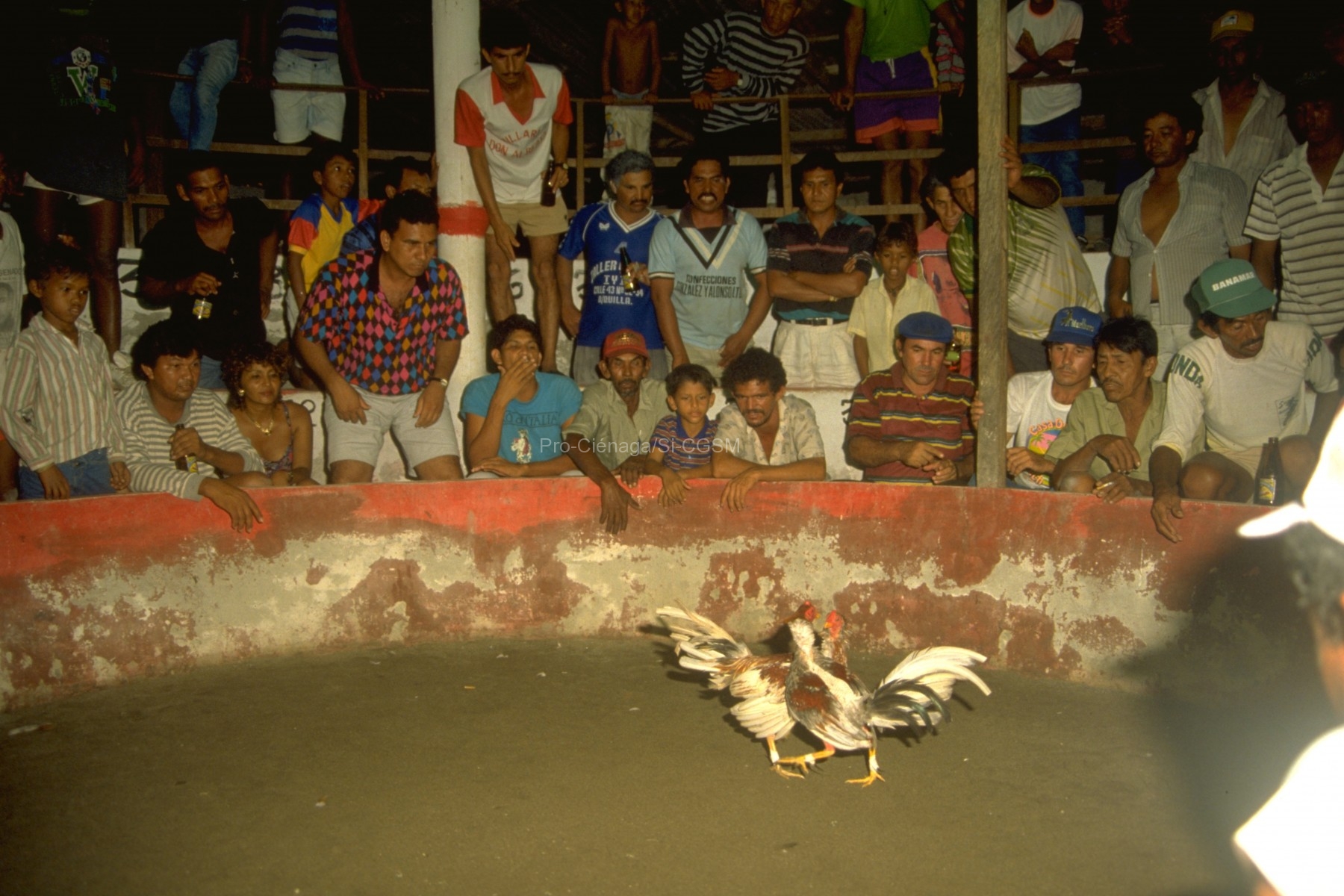https://www.mdpi.com/2073-4441/13/9/1297
Mangroves provide multiple ecosystem services and are essential for mitigating global warming owing to their capacity to store large carbon (C) stocks. Due to widespread mangrove degradation, actions have been implemented to restore them worldwide. An important representative case in Colombia is the Ciénaga Grande de Santa Marta’s restoration plan. This management intervention focused on restoring the natural hydrological functioning after massive mangrove mortality (~25,000 ha) due to soil hyper-salinization after river water input from the Magdalena River was eliminated. A partial recovery occurred during subsequent years, and hydrological management is still being implemented today. To understand how the degradation and subsequent management have affected mangrove C stocks, we compared C stocks in stands with different intervention levels reflected in their current forest structure. We found that the total C stock (398–1160 Mg C ha−1) was within the range measured in other neotropical mangroves without vegetation deterioration. The aboveground C was significantly higher in the stands where hydraulic connectivity was restored. By contrast, the belowground C was higher in the stands with low hydraulic connectivity due to channel clogging and a lack of sufficient maintenance. Our results show that hydrological management measures influenced above- and belowground C stocks, even at a 2 m depth. In addition, a strong indirect relationship useful for estimating carbon content from organic matter content was found.

